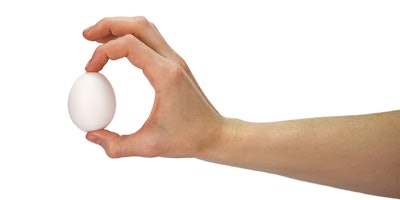
New chick sexing technology promises to convert male embryos into egg-laying females.
Approximately 6-7 billion male layer chicks are culled each year, an animal welfare and economic concern. Animal welfare organizations have pressured the egg industry to find an alternative approach.
Egg producers around the world have pledged to adopt in ovo sex sorting technology as soon as it is available. In January, the agriculture ministers of France and Germany jointly announced that the culling of male day-old chicks would be banned by the end of 2021.
“The industry is losing 50% of production all the time by euthanizing the male chicks,” said Yael Alter, CEO and co-founder, Soos Technology. “Our technology influences this ratio with sound vibration that changes the environment of the incubator setup.”
Using the environment to impact egg sex
The incubation system uses a combination of temperature, humidity, CO2 and sound vibrations to affect the sex development process in the poultry embryo.
“Our system transmits sound from day 0 to day 16 of embryonic development, which is the time period in which sexual differentiation occurs in the birds. The sound vibration affects the hormones in the embryo, skewing the ratio to females that can lay eggs but are genetically male,” Alter said.
In laboratory experiments, the incubation system hatch resulted in 80% phenotypic females. A commercial pilot in Italy to test the technology is currently in the planning stages.
“The biggest barrier was engineering. Incubators are square, so it is very difficult to uniformly transmit sound to all the eggs. In some places of the incubator, we still see a 50/50 ratio of male to female compared to the desired result,” said Alter.
“We are currently working on ways to fix this physics problem with a new sensor system.”
Like what you just read? Sign up now for free to receive the Poultry Future Newsletter.


















